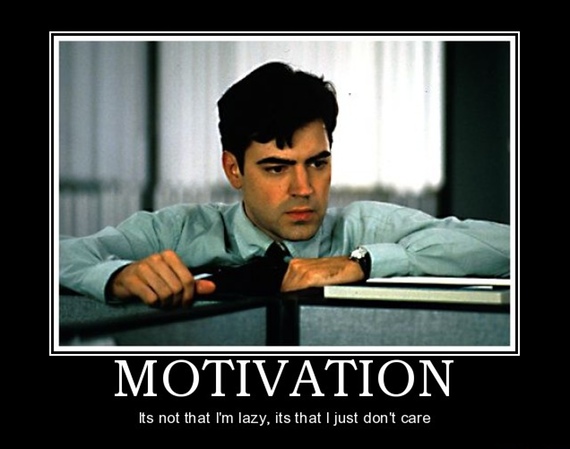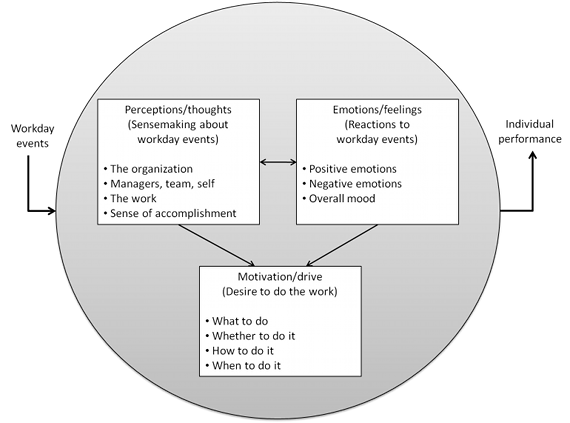Why do you do What you do? The Practice of Personal Productivity
12 Sep 2011For the second quarter in a row, worker productivity was down according to this month’s U.S. Labor Department report. For the second quarter, labor productivity (i.e. output per hour) declined at an annual rate of 0.7 percent due to the fact that output did not keep pace with the rising number of hours worked. At a macro level, this might be a good sign since employers can no longer squeeze more output from their overworked labor force and will have to create jobs to increase output.
At an individual level, though, something else is happening. The result of a weaker economy has taken a toll on today’s workforce. According to the latest Well-Being Index (WBI), the Work Environment Index (e.g. job satisfaction, ability to use one’s strengths, treatment, and environment) has remained at an all-time low, resulting in the sixth consecutive month of lowest recorded scores in the history of the WBI.

We have increased our workload and responsibility due to pressure from our employers and a competitive job market. In addition, due to cost cutting, we often do not have the necessary resources to accomplish our tasks. We have become overburdened and are frustrated with our work environment and our inability to get stuff done. We have lost productivity.
So, is our productivity (or lack thereof) purely a result of our situation? I believe the answer is no. The current situation has just exposed our underlying issues and motivations.
Why do you do What you do?
In the The Progress Principle: Using Small Wins to Ignite Joy, Engagement, and Creativity at Work, authors Teresa Amabile and Steven Kramer describe the inner work life system, “When something happens at work – some workday event – it immediately triggers the system: the cognitive, emotional, and motivational processes.” (p. 37)

Figure 2-2 from the Progress Principle (p. 38)
Our perception of an event, our emotional reaction, and ultimately our intrinsic motivation (motivation that comes from inside you) will drive performance and productivity – not our situation.* We are responsible for our own actions. There are no perfect work environments. As a result, the best productivity system in the world is not enough to make you go without the proper motivation and response. Think of a muscle car. You may own a car with 580-horsepower supercharged, 6.2-liter V8 engine with “barely street-legal” performance tires. If the car does not have fuel, it will not go.
Here are some tips on how I attempt to manage my inner work life:
- Perception – I try to a make a habit of assuming that others have good intentions. Granted at times, this is hard to do. I also assume that in the end, everything will work out for good.
- Emotion – I try to react appropriately to both negative and positive emotions. Often it is easy to over react to a situation when someone “throws a rock into our pond.” Like water, we should ripple in accordance with the size of the rock and return to a steady state. In addition, we should avoid becoming over confident when in a good mood.
- Intrinsic Motivation – I believe that I am called to my role and responsibility. As a result, my work is significant and meaningful. When I act in accordance with what I believe, value, and speak, the next right action becomes clear. I believe my activity should be for the benefit of others and in harmony with all of my life. I am also motivated by challenging activities.
In the next post, we will look at the principles of personal productivity and the benefits. Question for you: How do you manage your inner work life?